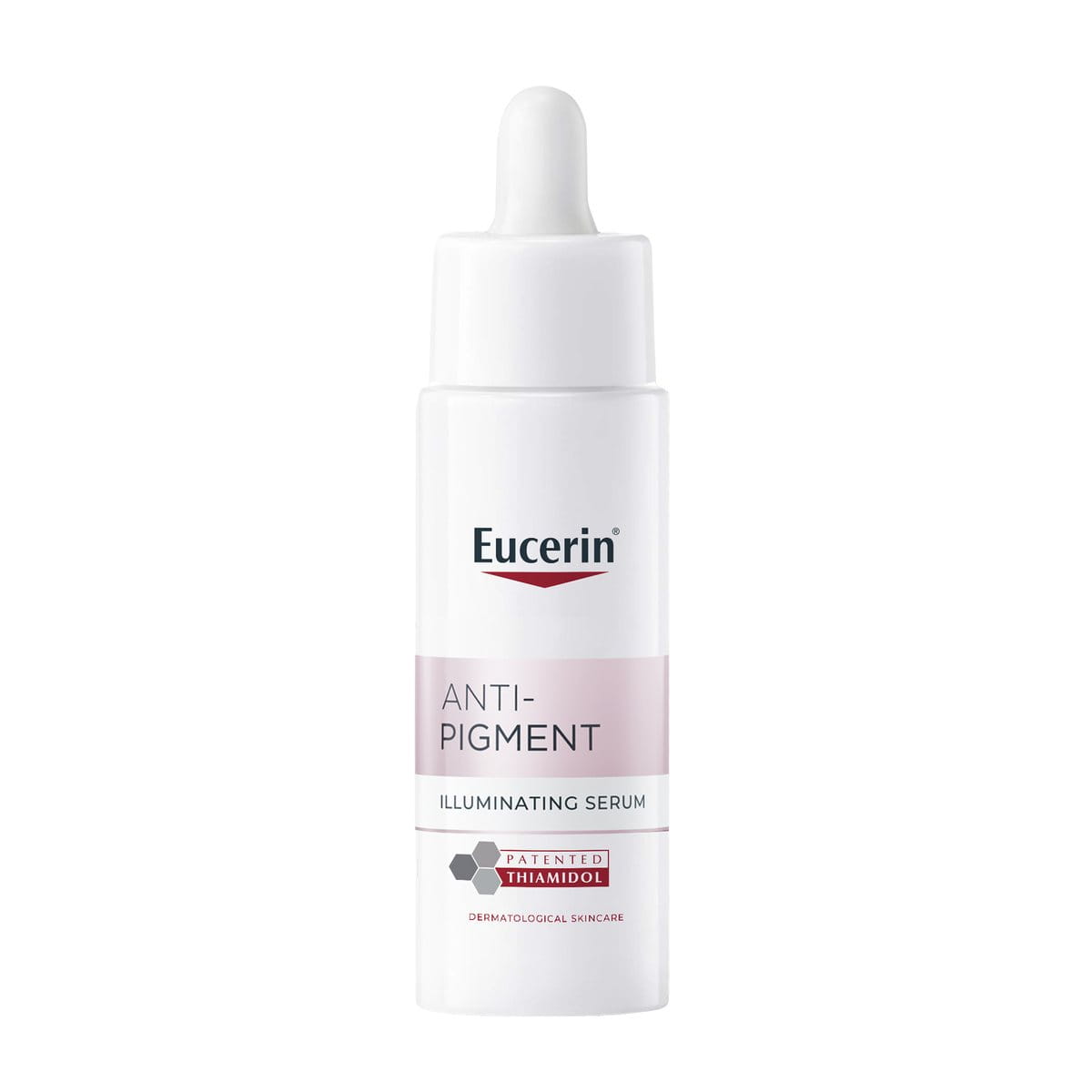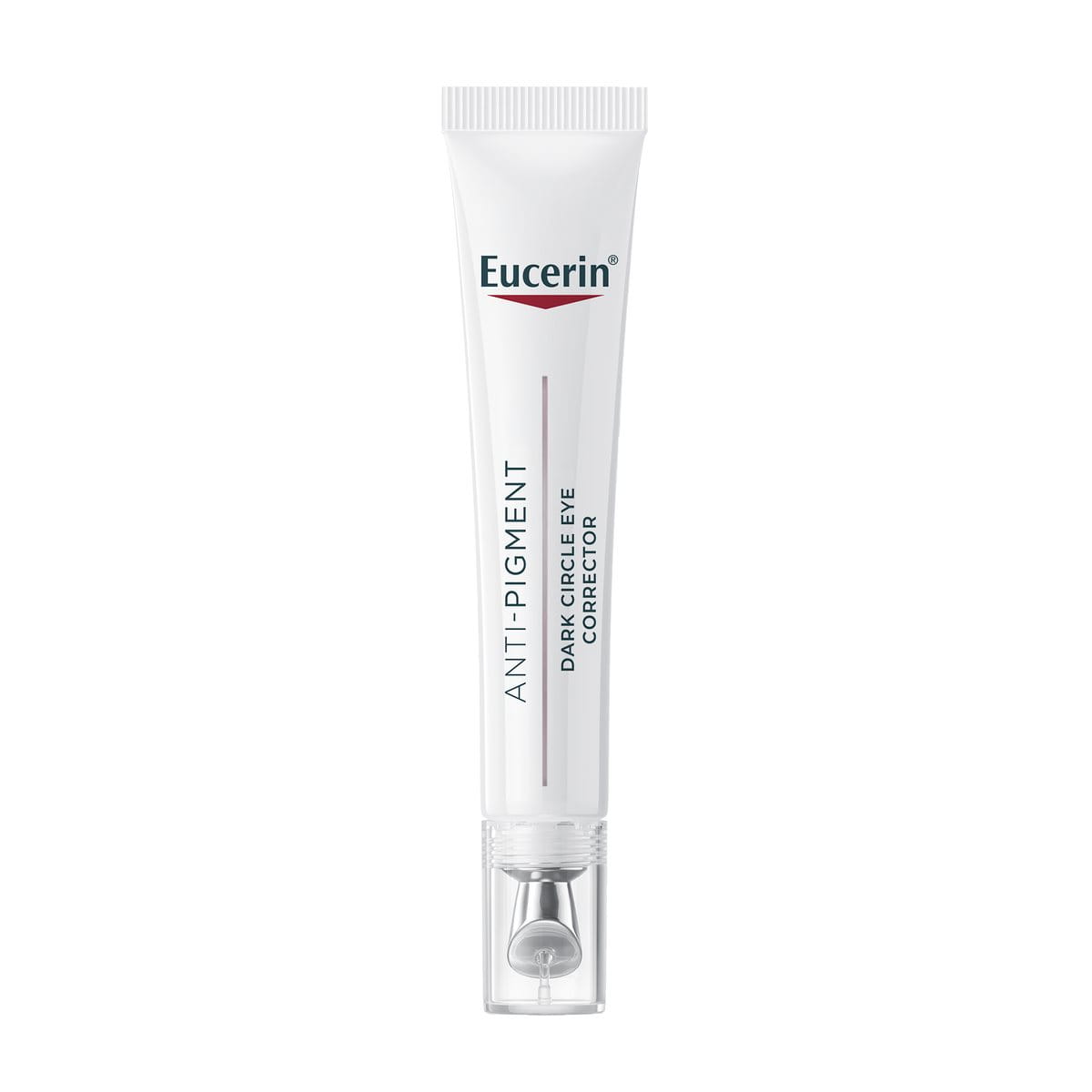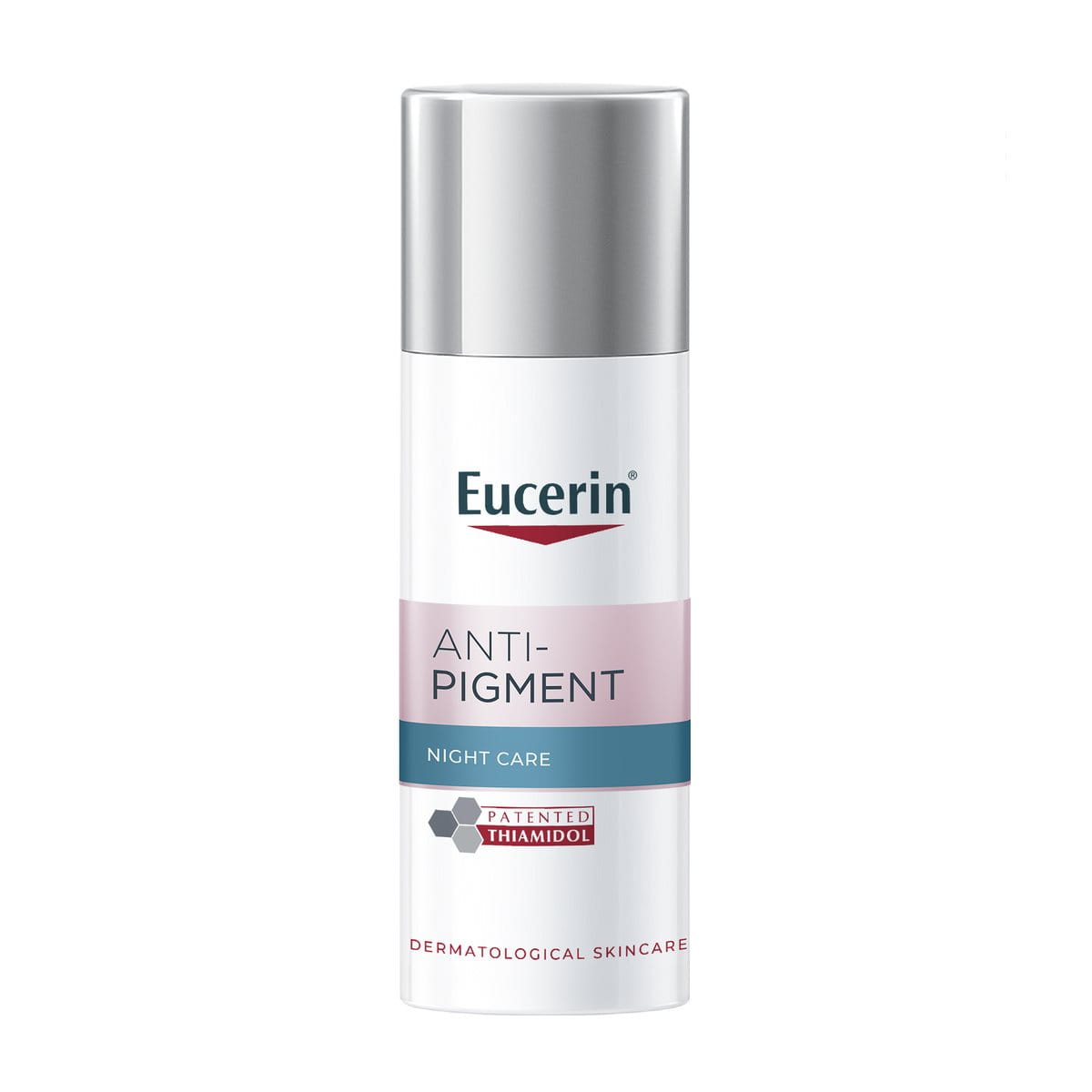There’s an abundance of advice that tells you how to treat hyperpigmentation on your face, but what about the rest of it? Owing to tan, genetics, and friction, the skin on the rest of your body can look uneven and pigmented, too. This is why you begin to observe hyperpigmentation on the armpits, hyperpigmentation in the groin, and darkening of other sensitive areas. However, with proper skincare, all can be remedied.
Keynotes:
- Hyperpigmentation in sensitive areas, like the underarms and groin, is caused by excessive melanin production. Friction, inflammation, harsh products, and underlying conditions like insulin resistance can trigger this.
- Treating sensitive skin requires a gentle approach, with mild brightening ingredients like Thiamidol, kojic acid, and licorice, along with pH-balanced, soothing skincare.
- Dermatologists may also recommend professional options like chemical peels or laser therapy for stubborn pigmentation.
- Preventive care, including sunscreen, barrier-repairing ingredients, and a consistent body care routine, is key to avoiding recurrence.





